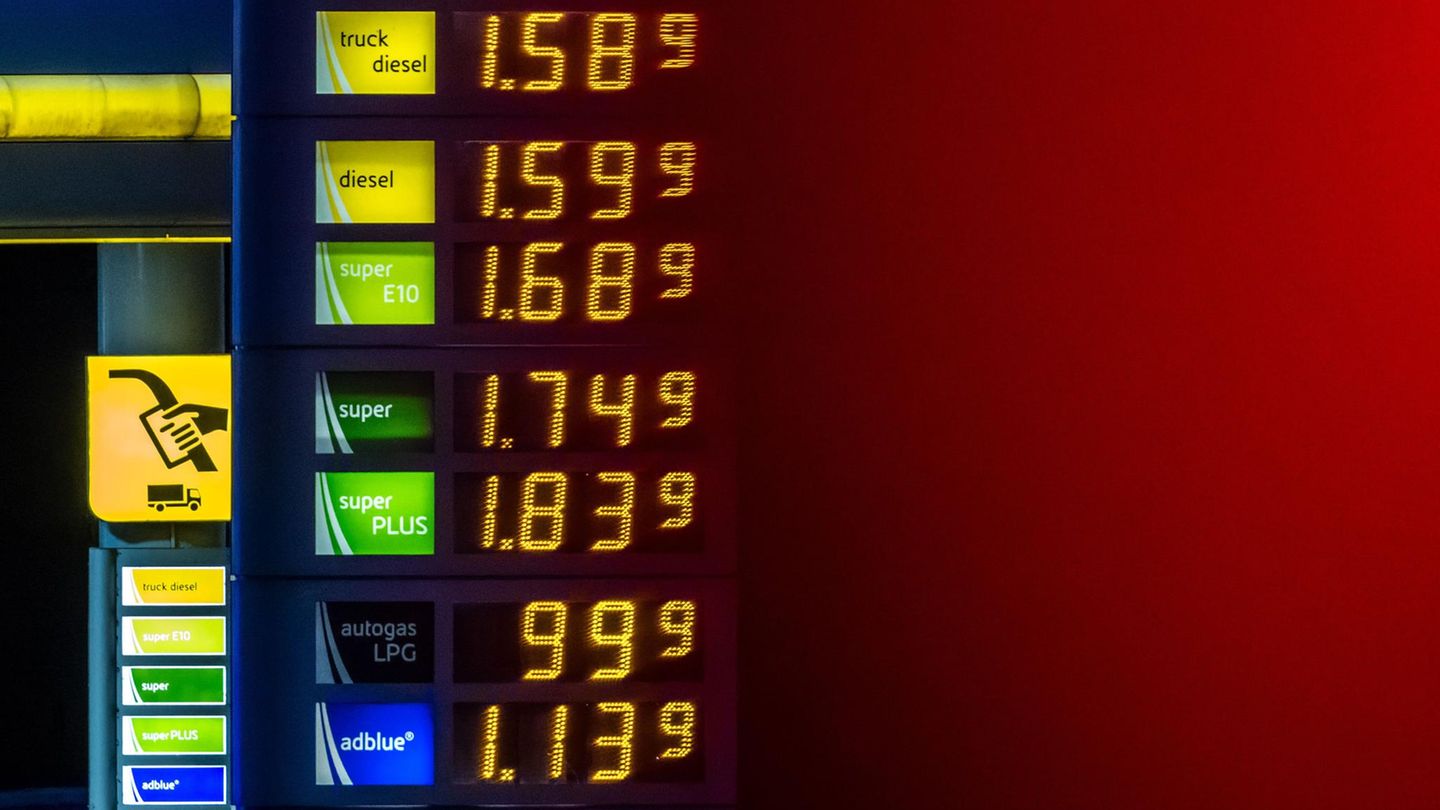In the course of the morning the ship was finally towed away. A spokesman for the water police said it was brought from the scene of the accident to Bingen. Shipping was to be reopened upriver by midday. According to the spokesman, it should be “easily 2 p.m.” by the time ships can go down the Rhine again. The reason for this is that ships are only allowed to travel upriver again when the pushed convoy, loaded with 1,660 tons, has been brought to Bingen with the help of two other ships. According to the spokesman, an earlier release of oncoming shipping would be too risky given the low water level and the high water displacement of the ships.
It was initially unclear whether the accident on the cargo ship had anything to do with the low water. It is conceivable that there are problems with the screws, the spokesman said. Divers should clarify this when the ship has arrived in Bingen.
The logistics service provider Contargo Rhein-Neckar in the port of Ludwigshafen/Mannheim was cautiously hopeful even before the distressed vessel was towed away. “This should only be a temporary blocking, i.e. a few hours,” said manager Marco Speksnijder of the German Press Agency. Contargo is a service provider for container transport.
Relaxation when the water level is in sight
In terms of low water, relaxation is in sight for the coming days, according to the German Weather Service it is supposed to rain. On Wednesday morning, the water level near Kaub, which is important for shipping on the Rhine, was 34 centimeters, and the fairway depth was 1.46 meters, according to the Federal Waterways and Shipping Administration (WSV). According to a forecast, the level could rise to 41 centimeters by Saturday. The water level does not show the actual water depth, but the difference between the water surface and the so-called zero level. It’s not at the deepest point of the river bed. Because of the low water, which has been going on for weeks, barges can carry less cargo on board.
The low water levels bring the topic of deepening the Rhine back into focus. The German Minister of Transport, Volker Wissing, said in the ARD morning show that it had been discussed for a long time. “The fairway there urgently needs to be deepened so that inland shipping can keep going even when the water level is low,” said the FDP politician. “That was discussed for a long time, but not implemented. And we’re going to tackle that now.” As Minister of Transport for Rhineland-Palatinate, Wissing had already campaigned for the deepening of the Rhine between St. Goar and Mainz. The aim is to deepen the fairway from a guaranteed 1.90 meters to a consistent 2.10 meters in relation to a defined water level.
Wissing recently said it was “the project from the federal transport route plan with the highest cost-benefit ratio”. Completion will take until the early 2030s. The investments amounted to around 180 million euros, of which around 40 percent went to accompanying ecological measures.
According to Steffen Bauer, head of HGK-Shipping, one of the leading inland shipping companies in Europe, the current restrictions on inland shipping caused by a lack of precipitation and falling water levels are also a result of a lack of investment in the waterways. “We have also seen in the waterway system in recent years that the funds that we actually need have not been made available,” said the logistics company to the Phoenix television station. “This has come to a head in recent years and we are currently seeing across all modes of transport that we are operating to a significantly limited extent.”
You have to think about the future now. “We also see that in the transformation of the industry, i.e. the preparation of how we are to ensure future traffic flows, that we have to invest in expansion, in renewal, in order to meet the new challenges that are coming our way, can also handle.”
For the next few weeks, it is now crucial that the river levels recover again, otherwise there is a risk of production cutbacks. “We are now in a very critical situation, for this week we have the forecast that the water levels will stabilize slightly and not fall any further. Basically, however, September is always a low water month from the point of view of inland navigation. That means if this situation for lasts two to three weeks or more, and there is no significant precipitation in the south, then it is quite conceivable that production will be throttled and restricted,” says Bauer.
Source: Nachrichten




